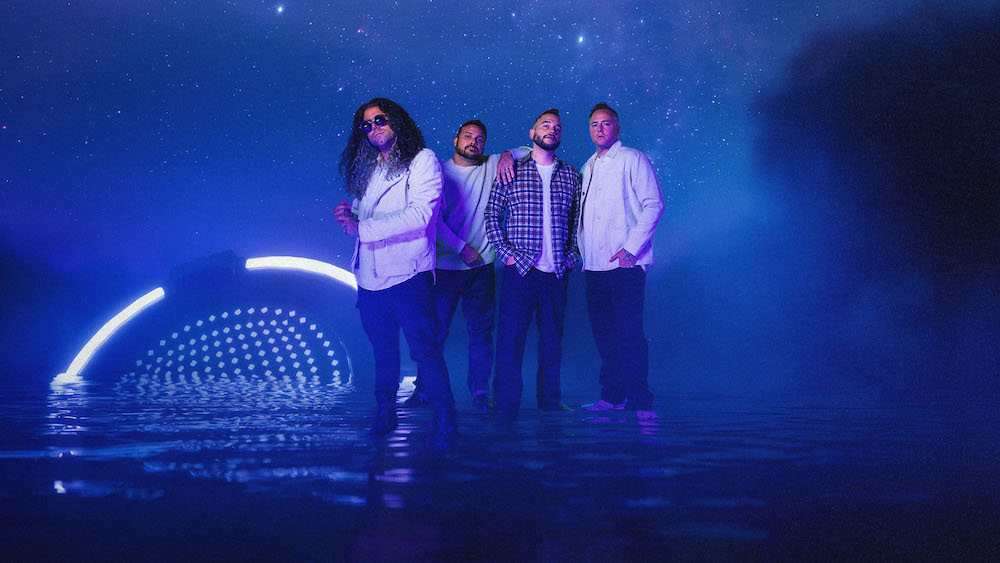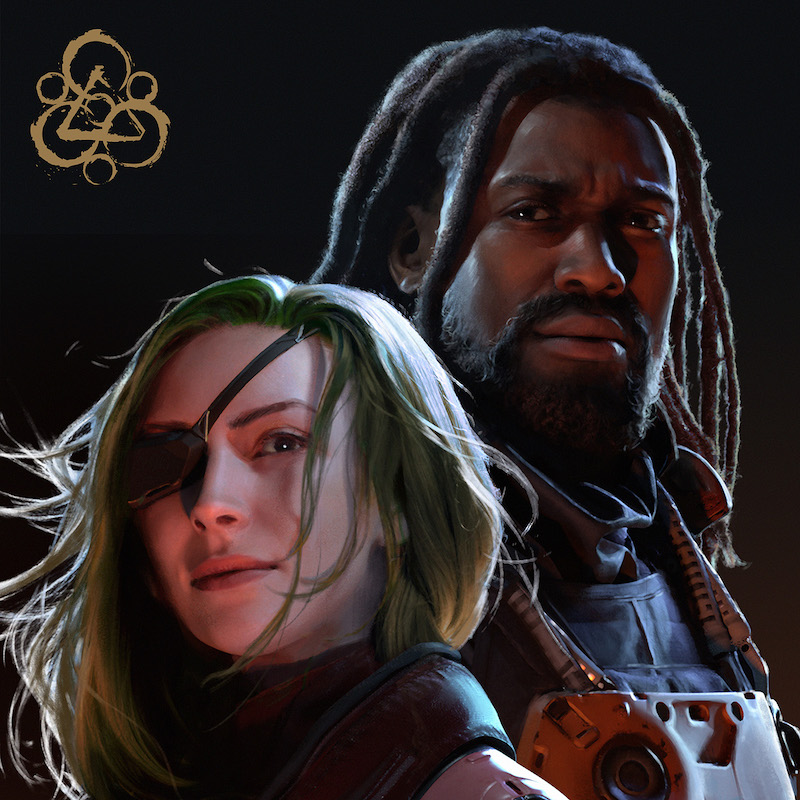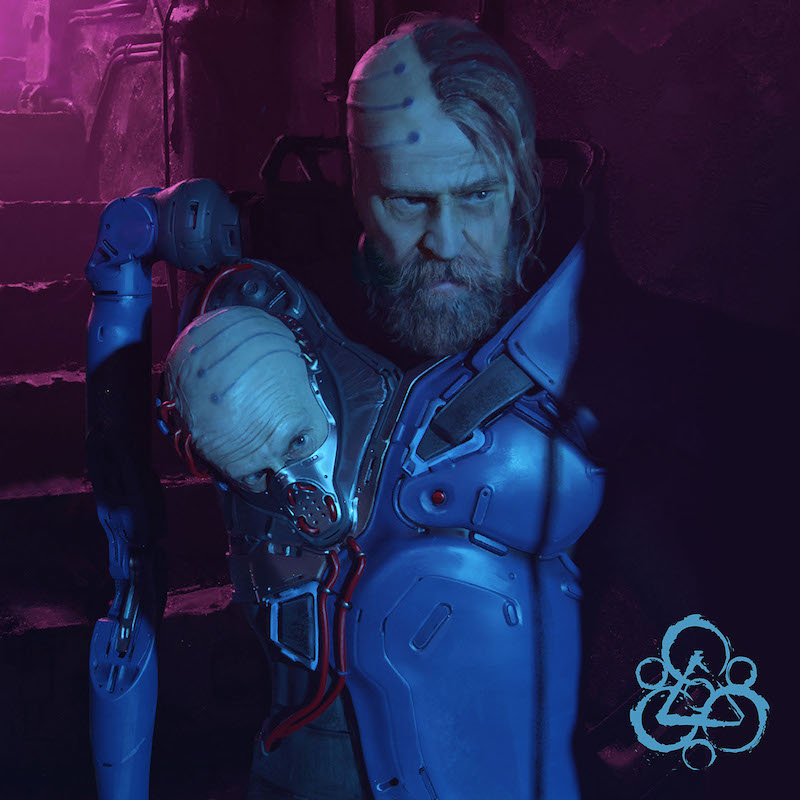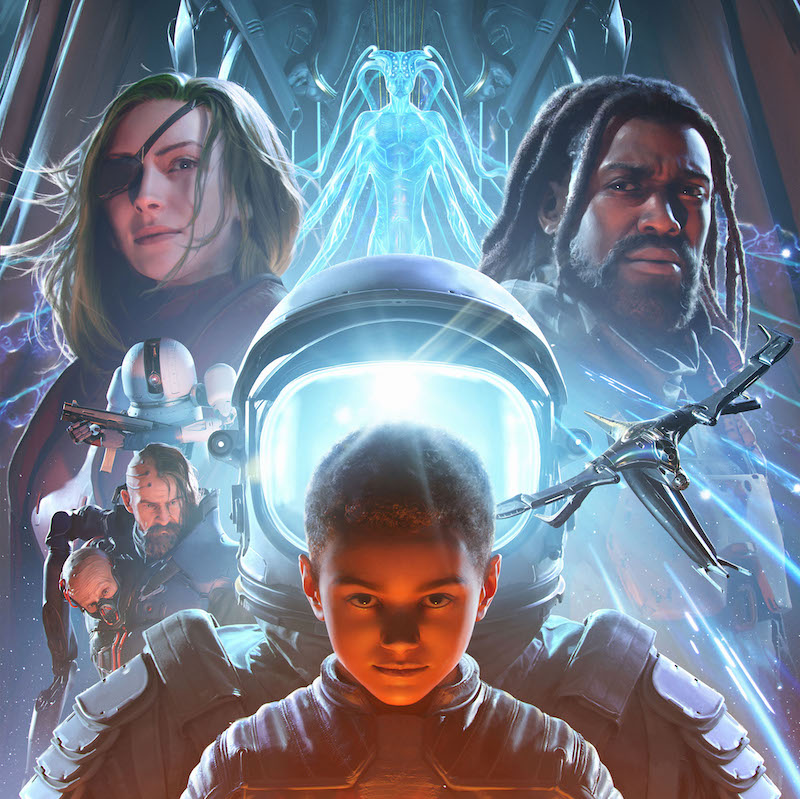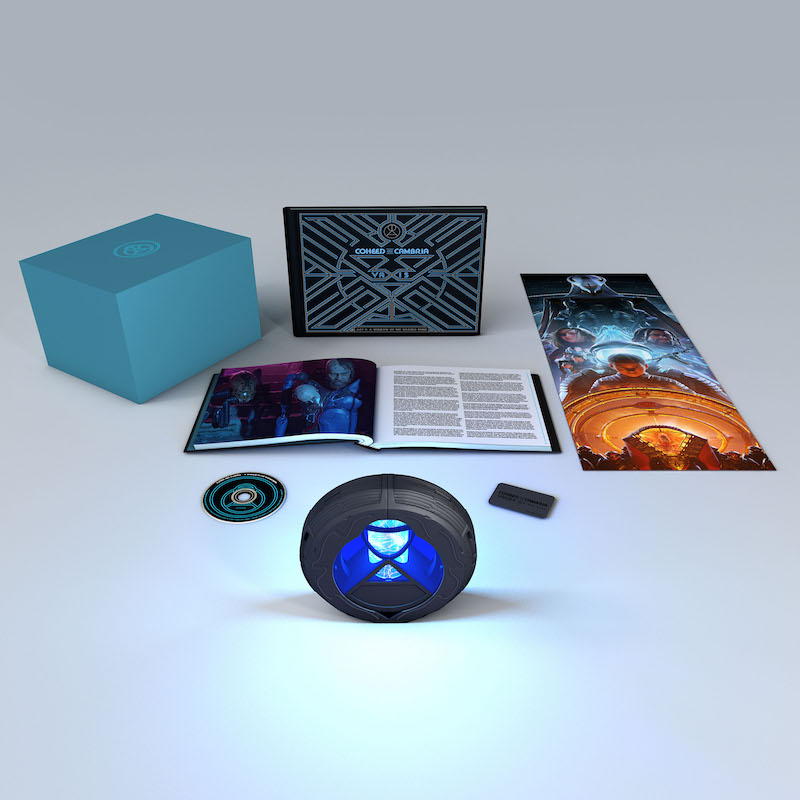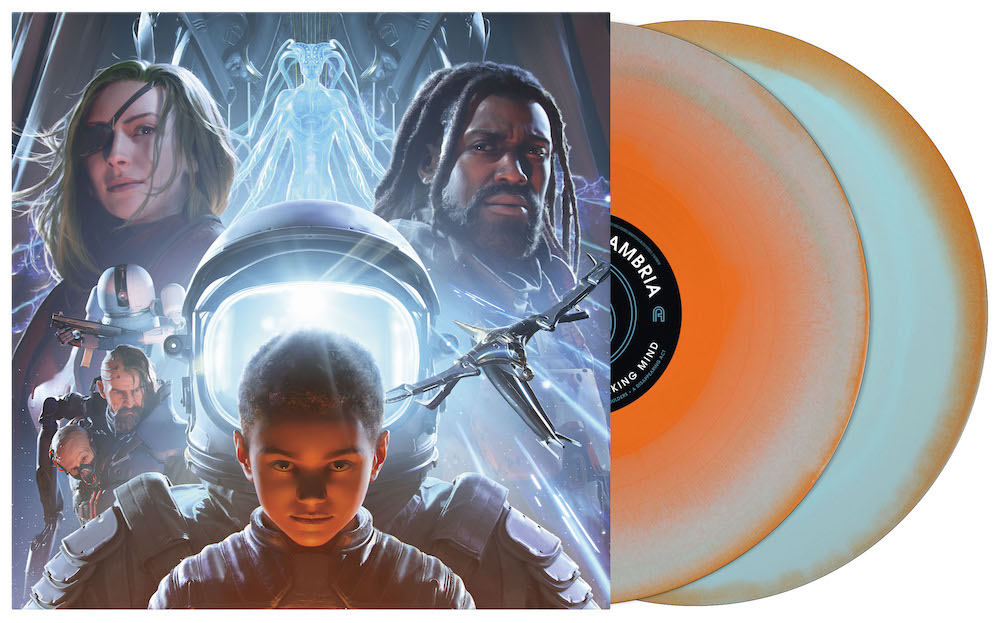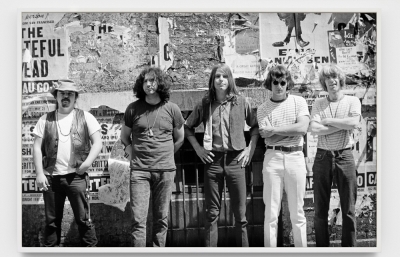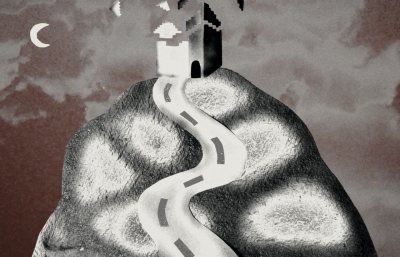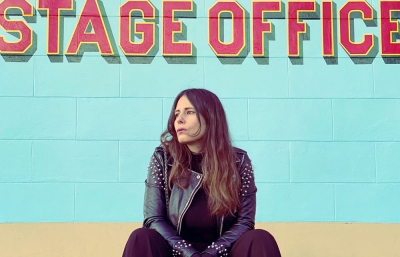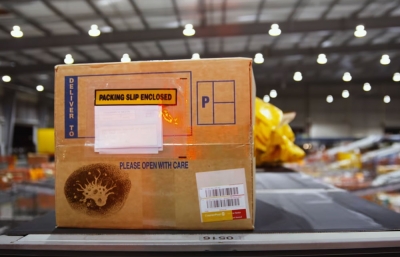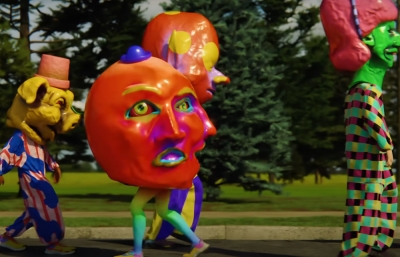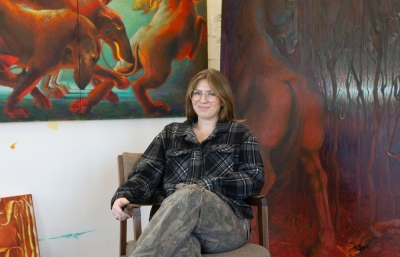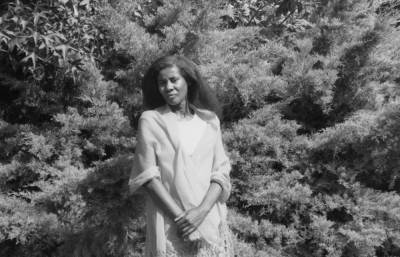It would be hard to find a rock band with as much of an ambitious, all-encompassing artistic scope as you find with Coheed and Cambria. For the past 20 years, they’ve consistently put out albums that follow and support an ongoing storyline written by lead singer/guitarist Claudio Sanchez. The narrative, combined with the progressive nature of the music, almost put these guys into a genre of their own altogether. It’s one thing to have something so conceptual work out once, but we’re now decades into a story and career that continues to unfold with no end in sight.
We caught up with Claudio in advance of the new album, Vaxis II - A Window of the Waking Mind, which releases this Friday, June 24.
Mike Stalter: Claudio, thanks for taking the time to talk with me again. We’re here talking about the 10th Coheed and Cambria studio album, Vaxis II - A Window of the Waking Mind. Your camp was cool enough to send a copy of the album a few weeks back. I’ve listened to it at least a dozen times, some great songwriting and storytelling. I've been a fan going back to the Second Stage days. It's been four years since the last album release, Vaxis I. This is the longest gap between records, but we also had a pandemic in the middle. You certainly stayed very busy during though, putting out reels and doing cover songs on social media, kind of giving people an insider’s view of what's going on in your house, you did the Jesse’s Girl 2 video with Rick Springfield. As far as this album goes, was it more difficult this time around because of that inability to be able to be physically present for you guys as a band and coming up with ideas and recording, but also in working with Chase Stone in terms of how you saw the visuals going for the album?
Claudio Sanchez: You know, no, it wasn't that difficult. When it comes time to recording the record, traditionally we will be together in the studio, but for the most part, when it comes to writing the music, it's usually in a situation like this for me, like an intimate setting alone, putting together the skeletal structure of the tunes, and then passing it around to everyone so they can get familiarized and maybe arrange their parts around it, but fully executing and recording it, yeah, it was a little different. In some capacity, we did get together, Josh, myself flying out to LA to cut the live drums as opposed to the demoed situation that we had, but for the most part, I like to write alone. For me, trying to get my statement across, it's really important for me to be able to kinda get into my head without the viewership that comes... It's just kind of the way I've been working since I was 13. Nowadays, I have Pro Tools and Ableton Live and all the gear, but back when I was 13 years old, it was a guitar and a four-track.
As far as working with Chase, we had started working on Vaxis and we were communicating the ideas on the phone, and one of the things that I would do is the comic book way - I would sort of detail what I thought the panel would be, the things that were happening in it, and so on. As far as the cover, I like to do a photo bomb kind of situation to help convey what I'm trying to do, so I created a photo batch version of the cover, just placement of where characters are gonna go and stuff like that, and then Chase refined it. He found what the strengths of my demo, if you will, were and what the weaknesses were, and he did his thing, because I'm not an artist.
Chase is an incredible artist. I think that's why I really wanna stick with that relationship for the subsequent Vaxis records, 'cause it really is that when I think about…I'm sorry if I'm going on going off on a little bit of a tangent, but when I think about Coheed in the 20 years, had I been as prepared as I am now, back then 20 years ago, I would have probably done it this way from day one. There’s something about looking at the way, even on Unheavenly Creatures and just opening it, the three panels and doing it vertically, that was something I came up with because Jimi Hendrix, Axis, Bold as Love, is kind of like that when you open it up. It's this vertical layout and I was like, wow, we should do that.
And primarily because of the first record in the scope of the Dark Sentencer, or how do we get the viewer to feel, like, suffocated by this immense space, because we can't really capture all of that and just that sort of makes a... Dimension. And in capturing it on that first record, I thought, well, maybe we'll follow that sort of layout for the subsequent records. A lot of the conversations that he and I had were via text. It's funny, because during the pandemic, I'm in Brooklyn and he was in Manhattan, but we couldn't get together, so these were conversations on the phone.
I definitely want to talk more about your relationship with Chase as an artist, but given the timeliness of this conversation, maybe we could talk a little bit about the recent passing of Ken Kelly, the artist who did the No World For Tomorrow album art. I have to imagine you're a big KISS fan, you guys put out the Love Gun cover recently. As far as Ken Kelly, the artwork that he created for Destroyer and some of the other things that he was doing, how did that inspire you as a young fan or musician yourself?
Yeah, for me, definitely Love Gun, Destroyer, seeing those very colorful pieces were, I was a Kiss fan, still am, but I think about being pre-adolescents in watching Phantom of the Park, or listening to those records and getting lost in the characters of the band. To me, it was just like we started to literally put the story on the page with Good Apollo I, with Christopher Shy’s art, we started to explore the idea of getting literal with the artwork, because before for that, a lot of it was kind of drenched in mystique, you weren't too sure where it related in the story, with the dragonfly or the perspective from Earth to the Moon on In Keeping Secrets. So this was an opportunity where we were trying to really kind of fill in the gap, and when we got to Good Apollo II, No World For Tomorrow, at that time, the band…we lost half of our members, Taylor Hawkins was filling in on the drums, we just got to a place where we were like, you know what, let's just do something fantastic. Let's do something of our youth. Let's get Ken Kelly of the Kiss fame to do the album art and bring the characters to life and see him in his sort of style. And that was really it.
We got to talking, I met him in LA, and he just seemed like a really down-to-earth guy, fun to talk to, throwing the ideas out there. There's a lot this time around. We were going to do multiple pieces, which I actually own two of them. I own the cover, and I own the interior cover, one being the protagonist walking towards House Atlantic, that's the cover, and then the back side, which is Wilhelm Ryan and the rising of House Atlantic with all the chaos that happens in the story, so it was fun to see that because this is a part of the story that we still haven't seen yet in comic form. So it was just fun. I'm trying to think of some details 'cause we're going back a ways and my memory is the worst. But I just remember him being super welcoming and just a lot of fun to talk to.
Let's talk about the idea of using imagination as a visual. I remember 20 years ago, my buddy Dusty grabs me and says you've gotta listen to this band, and it's of course the In Keeping Secrets of Silent Earth 3 album, and I'm listening to these lyrics, “Man your battle stations.” There's this sort of weird, maybe Star Wars-y kind of moment where I'm like, what could possibly be going on? What is this guy singing about? How much thought goes into your process for writing lyrics that serve that purpose, like to create this sort of visual or to get your imagination going, or does that just come naturally in the way that you write?
You know, a lot of it comes from a very personal place or what I'm experiencing at that time. I think of In Keeping Secrets, and I'm trying to think back, and I feel like we're in the War on Terror at that time, if I remember correctly. And I think songs like In Keeping Secrets and Cuts Marked in the March of Men, and these are songs about an experience that I can’t…I don't know what it's like to go to war. And so I think a little of that fear spills into some of these songs that I think at that moment in time, so that's just something in my periphery that's inspiring. Whereas songs like Wake Up or The Light in the Glass, these are all songs that are very much influenced by myself, in my relationship with my then girlfriend now wife, or the fear that going on the road, my dad is going to pass away or some family member will. These are all themes that are very much, they're very real, and I'll take that sort of thing and use it to inspire and inform what the story is, because that's essentially where the idea of Coheed & Cambria came from.
When I started the band 20 some odd years ago, I went to Paris in 1998, and I was in a band and I was singing songs, but the songs that we're singing about, I was embellishing upon. I was creating a fictitious story because I just had this really hard time swallowing the idea of being the figurehead of a rock and roll band. My message is now going to hit someone, and in a way that I just didn't want to feel responsible for, if that makes any sense. That's why I started to construct the idea of this concept I had down to Paris, and I hadn't been anywhere further than New Jersey, and it was so foreign to me and the architecture was beautiful and unlike anything I had ever seen, and so all of a sudden, I'm constructing this idea that I'm going to now take these songs that I'm writing, and I'm going to unify them into this singular narrative, and it's gonna take place in science fiction because I'm in this place that just feels like science fiction. And that's pretty much it. That's where it came from, and in a way, it's like now I can tell my story, my personal story, but with a disguise, and I don't have to feel responsible of the message that I put out there, but I can have these characters, these avatars, sort of execute the things that I personally don't want to, if that makes any sense.
But initially, the idea when I went to Paris was going to be like I saw myself in the role of the male protagonist and the friend I was visiting as the female protagonist with it, but then I realized when I got home and I started to really write these songs that would become Second Stage Turbine Blade, I realized I wasn't necessarily the hero, but I was writing these songs that were resonating about myself in my adolescence, coming into manhood, and that's where I changed the name. At the time, it was called the Bag Online Adventures of Coheed and Cambria, after the bag shop I was living across the street from for that month I was in France, and then I changed it to the Amory Wars because it was the street I had grown up on, and the characters Coheed and Cambria were starting to resemble my mother and father, and I was now a character as their son, and so all these things, it started to really kind of form when I got back home and that was it.
Coheed as a band has definitely built one of the strongest fan bases out there over the years. Any time you see one of those online polls of band versus band, the people just come out of the woodwork and there's so many more than you would ever think. I read recently, in one of your interviews about this new album, that you were trying to be very conscious of not necessarily trying to give the fans what they want, but more that you wanted to deliver on what they might perceive the band to sound like, or be in 2022…this idea of not looking backward, but looking forward instead. And then you listen to the album, songs like A Disappearing Act, definitely a big departure from your “sound,” but also so perfectly Coheed and new at the same time. How do you approach that? Like, here's what we have sounded like, but here's what I'm hearing us sound like. How do you get there?
Yeah, for me, as much as I'd like to think that Coheed doesn't construct limitations, subconsciously, it happens. There's this other project I do called The Prize Fighter Inferno that's a little more low-fi and programmed, and so sometimes it's really hard for me to take elements of that and have them cross over into Coheed, right? I think a lot of that had to do with the pandemic and just going, well, life's too short. Why am I limiting these elements from this band, I think, and that's why you have songs like A Disappearing act and Bad Man, 'cause traditionally they probably would live on the other side of the fence, no pun. But yeah, I think I just started to say, you know, whatever, they're coming from the same place. Let's just cross the streams or whatever, however you wanna put it, and just...there's things that Coheed is, not far-fetched to think. We have pop elements in what we do, very melodic elements, so it's like when I was initially cutting Bad Man, actually in this room and the vocals are on this microphone is, I'm just like, as much as you make sense over here, this is such an interesting look for this band who have been a band now 20 years, let's start breaking the mold a little bit.
And again, I think we do that. We've done that in the past, it's not something that's so far, but I think there are these certain areas that I've created as a no-fly zone, and again, I think just being in lockdown and realizing life's too short. That's not smart. It's all coming from the same place, let’s bring it together. It allows for these new looks like Love Murder One, and even Shoulders. Just to be transparent, Shoulders and A Disappearing Act weren't initially on the record. When I started to collaborate with Zakk Cervini, we had talked about bringing like, hey, are there any other ideas floating around. I was like, yeah, I have a hard drive of 10 other ideas that I'll bring them out and maybe we can think about them and pick a few vibes that might not already exist on the record, and Shoulders and Disappearing Act were two of them, and I think they helped round out the record. They knocked two songs off, but that's not a problem. Those two songs can wait for the next one or whatever record seems appropriate for them.
Taking this idea a step further, that this is what Coheed sounds like in 2022, and we’ve talked about how there have been a number of artists that you've worked with over the years, Nathan Spoor, Christopher Shy, Nick Steinhardt, to name a few. With Chase though, this is what Coheed looks like in 2022. Earlier you mentioned even for the next three of the Vaxis series, like you want to continue to work with Chase. Can you talk just a little bit about how you came to meet and begin a relationship working with him pre Vaxis I... And then the idea that this is what Coheed evolved into looking like in 2022, just sort of like a lucky accident? You kind of did answer this a little, saying earlier that this is how you would have done it from the get-go, if you could have gone back 20 years. Can you talk about that idea of like, this is what Coheed looks like in 2022 and your relationship with Chase?
So when we started to work with RoadRunner, throughout this idea of wanting to tell the story in a book companion, more illustrated novel, less comic book graphic novel, and I just wanted to give the fans this immersive experience, day one release. If you want to participate in the ultimate Coheed experience, it's available to you with the book with the relic from the story, that sort of thing. But this time around, I wanted to do something less surrealistic, which was kind of the approach we did with The Afterman story and Nathan Spoor, but I wanted to do something more literal, I wanted to see the characters…I wanted to feel like I was watching something cinematic. And so they threw a few artists at us, one of them we had started to work with, but just timing did not allow it, but they threw a couple at us and Chase happened to be one, and so I started to explore the options. I noticed Chase’s work felt very cinematic, there were some Magic cards that they had given us as examples, and so I started to really look into it.
Aesthetically it fell into a more Egyptian aesthetic, so it was less like science fiction and more in a fantasy sort of realm, really trying to find, or imagine what this would look like. And so we started to talk and one of the things that, and this is kind of wild, but I knew that Chase was in New York, and I thought, okay, that's good because then we're together, we can get together, and I can have somewhat of a hands-on approach to this development. But I had asked him like, where in New York are you? And he had said he was from Valley Cottage, New York, which is the town I grew up in, where the street, the Amory street I grew up on resides, and I was like, oh man, that is some magical shit. So that one was the driving factor to confirm he was the guy. But we just got to talking. At first, I knew Vaxis was gonna be such an undertaking that before Chase got involved, I started to work with a couple of other artists to just develop some characters, some locations.
So yeah, Conor Nolan was one, Stewart Ng was another. But I just started to work with these artists to sort of create a sense of where we were supposed to go, 'cause I knew it was gonna be very time-consuming, and then getting with Chase, I just felt like it was kind of an immediate, again, timing, the time wasn't great because it was a lot of work for him to come up with, but he did, I think after seeing the first few, it just screamed, oh yeah, this is it. This is what it's supposed to look like.
In terms of you wanting it to have this cinematic quality, it all matches up so well with the music. You start out with Embers of Fire, which is this great cinematic intro piece and then end the album with Window of the Waking Wind, which is all over the place, almost like Broadway, musical theater sounding in certain parts, but it all comes together. It feels like there's this sort of movie experience to it, both with the sound and the visuals, the whole vibe of it. I asked you this back in 2015, so maybe nothing's changed, but has there been any feedback or any movement with the Amory Wars movie, that Mark Wahlberg was going to back it, or is that just something that it's over and done, we're focused on different things now...
That connection has disintegrated, nothing really ever happened in that world, but of recent, like the past year, we're actively trying to pursue the idea... Actually, I say year, but really the last couple of months. So we'll see, it's tough to say right now. It's so early, just putting the property in front of the right people to see if it's something that's even worth exploring, so we'll see. I mean, I'd love to see it happen.
The song, "Beautiful Losers," is it a nod to the Leonard Cohen book, maybe a nod to the traveling art show from back in 2004, or just something that worked into perfect lyrics for a song title?It's a little bit of both. So growing up, one of the bands, one of the incarnations of Coheed and Cambria before Coheed, was a band Travis and I were in, and we named it after the Leonard Cohen book and poem, "Beautiful Losers." And so I utilized that for the opening because it's kind of ambiguous 'cause our characters of creature and sister are, they're up against some hurdles right from the start of Window of the Waking Mind, but it also felt like kind of a call to the 20 years Coheed has been a band feeling like the underdog and persevering and having now this 20-year history. So in a way, it has this life as a tribute to that success, but also the obstacles that are now in front of what I consider the underdogs of Creature and Sister against the five houses.
I noticed that with the new box set, there's another Coheed Black Card, similar to the one that came with the Neverender box set years ago. One of the things in the art world that we seem to be seeing a lot of, or at least we did, and now the momentum maybe has slowed a little bit, is that anybody with a big community, whether it's an artist, musician, even some art galleries are exploring NFTs and creating exclusive community memberships for things like early access to events or early purchase concert tickets, things like that, some way to take it a step further and engage within this community that they're so into. Is that something that you guys have talked about as a band, or maybe even just you with the Amory Wars on the side, or is the NFT world something you’re not interested in yet?
No, I'm interested. My fear is I'm not quite educated enough. I don't want to necessarily step into something for the idea of, oh, this could be a potential revenue stream. I want to have some care and understanding before sort of approaching anything. It is something we've talked about. Of course, we haven't stepped into that world yet, because again, it's just education and care. I want to know that it's something that I'm going to want to love to do, if that makes any sense. So we'll see maybe in the future, but at this moment, it's all just conversations and just understanding.
Who are a few artists that you're inspired by right now?
Man, that's a great question. Just thinking of writers like, Vonnegut has definitely been an inspiration to the Coheed universe, especially with a story like God Apollo. The one artist that I really got into was Jeff Soto. And one time, Chondra and I were walking around Manhattan and we stopped by a Ron English pop-up, and I didn't realize how extremely traditional he can get. Does that make any sense?
He's also an upstate New York guy, so you guys aren't too far from each other at all...
Yeah, he's in Beacon. So our friend Miranda, who runs a clutter, and her husband Josh, I believe run into him a lot. Right.
Last question. Do you ever run out of ideas, or do you feel like this could go on indefinitely?
I think it could go on indefinitely. At this stage, I think finishing Vaxis could really complete the Amory Wars in a way that I think is very, why am I drawing a blank here, satisfying for me. I could finish Vaxis five and realize that it's done and be happy with it, and it chronicles all the things that I wanted to from my life and where the characters need to go, and how both Vaxis and the Amory Wars connect, but it can very well be done. But it's just like me to try to figure out a way to keep it alive and I very much could. So it's a little bit of both. I think it looks beautiful, when five is finished, but yeah, it's really tough to say. I guess it really all depends on who I am at that point in my life, you know?
Vaxis II - A Window of the Waking Mind, will be released this Friday, June 24, 2022


